Do users experience coring and resultant instrument blockages with butyl rubber? Do they encounter interfering or extra peaks on repeat injections? Do they experience needle damage or breakage with their existing septa? Do they face issues with differences in the peak region on repeat injections?
If yes, then users should try the latest ultra low bleed silicone products from Chromatography Direct.
- Anti-coring prevents plugs of septa blocking instrument flowpath and thus ensures reduced downtime
- Considerably decreased levels of siloxanes are present when compared to other products available in the market
- Low extractables when compared to butyl rubber when carrying out repeat injection
- An improved seal and improved resealing for repeat injections in comparison with butyl rubber products
Headspace GCMS Analysis
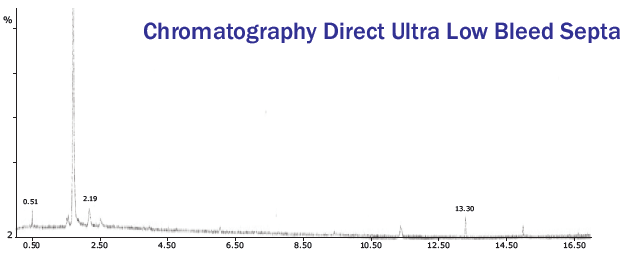
Image Credit: Chromatography Direct Ltd
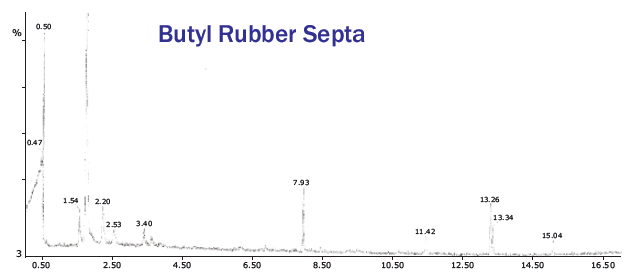
Image Credit: Chromatography Direct Ltd
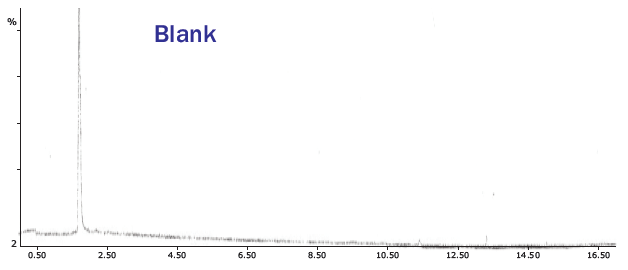
Image Credit: Chromatography Direct Ltd
High Recovery Vials—HRV™
- Do users have limited volumes of sample?
- Do they find inserts costly and difficult to use?
- Do they find one-piece alternatives (nano and fused insert vials) cost-prohibitive?
Then users should try the latest high recovery vials from Chromatography Direct.
- Users can sample down to a remaining volume of 4 µL
- Reduced manufacturing cost means lower end-user costs against the glass in fused glass insert vials
- Fused glass insert vial is available in amber or clear plastic
- Snap/crimp or 9-mm screw thread types are provided
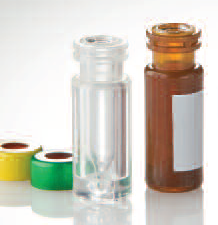
Image Credit: Chromatography Direct Ltd
Maximum Recovery Vials—MRV™
These vails have been developed particularly for the bottom draw-port needle on systems like the Waters ACQUITY UPLC, Agilent, and the Alliance HT HPLC systems. The Maximum Recovery Vials have been recently added to the Chromatography Direct portfolio.
These vials provide the highest sample capacity with a minimum residual volume. Besides this, 9-mm caps make these vials perfect for use with Agilent GC and HPLC systems.
The vials are available in 9-mm screw-top clear or amber color either with or without labels and crimp-top clear or amber color either with or without a label. They are supplied as individual packs of 1000 caps or vials and also in combi-packs of 100 caps and vials. Solid storage caps and pre-pierced caps are also available.
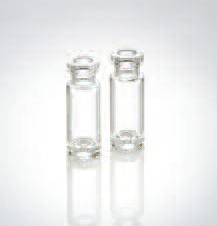
Image Credit: Chromatography Direct Ltd
AntiSpin™ Headspace Crimp Caps
- Do users have to carry out repeat injections because of unreliable crimping methods?
- Do they need to manually inspect separate headspace caps to ensure that these caps do not spin on the vial?
- Do they face interfering peaks because of extractables from the septa material?
If yes, then users should try the latest AntiSpin™ Headspace Crimp Caps from Chromatography Direct.
- AntiSpin design guarantees optimal sealing and thus prevents any leakage that will impact calibrations and outcomes
- Physical characteristics of the silicone used guarantees a tight seal, irrespective of users’ ability
- Comes in standard Silicone/PTF and Ultra-Low Bleed Silicone/PTFE
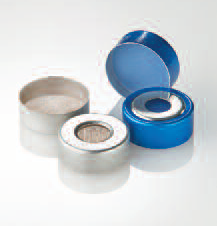
Image Credit: Chromatography Direct Ltd
Absolute Recovery Vials—ARV™
Do users have minimal volumes of sample? If so, then they should try out the latest ARV™ Absolute Recovery Vials from Chromatography Direct.
Users can sample down to a remaining volume of 2 µL (based on the autosampler)
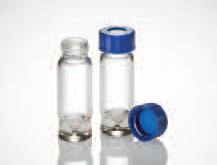
Image Credit: Chromatography Direct Ltd